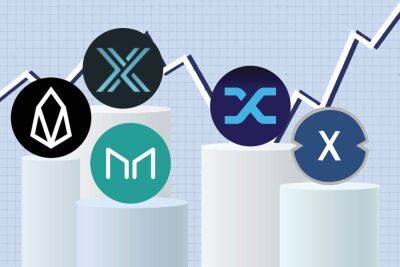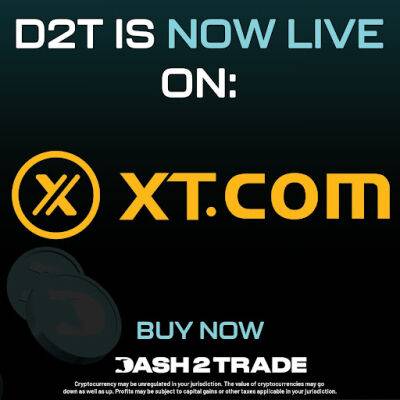The war among blockchains should stop to speed up adoption
We all remember what the 2008 subprime mortgage debacle was like. The situation was so destructive and almost brought down the global banking system that words like subprime mortgages, credit default swaps and collateralized debt obligations — which are normally part of investment banker’s jargon — became part of the general vocabulary.
Because of this in 2009, Satoshi Nakamoto released the very first Bitcoin genesis block, or block zero. Embedded in it was a quote, “The Times 03/Jan/2009 Chancellor on brink of second bailout for banks.” This was roughly at the same time protests to “Occupy Wall Street” displayed the public’s anger against the excesses of traditional finance.
If you think about it, with all the problems of the banking industry, the crypto industry could have taken advantage of the animosity against traditional finance to increase public adoption. Unfortunately, crypto is a tribal world. Often we are treated to the spectacle of competing chains badmouthing each other, of well-publicized blockchain projects like Terra Luna, Celsius and FTX/Alameda blowing up spectacularly with many investors wounded.
Yet with all the mudslinging going around the various crypto tribes, try asking people on the street what a blockchain or crypto is. Admittedly, there are already many who are trading it, but even those who buy it on a regular basis might not really conceptually grasp what a blockchain is, which is a replicated data structure that keeps a history of all transaction records.
Instead, what the public thinks of it is based on fraudsters, scammers, “pet rock” labels, soundbites from the likes of Warren Buffett and so on. Clearly, much needs to be done to clean up its act. Simple explanations, and not buzzwords like
Read more on cointelegraph.com
 cointelegraph.com
cointelegraph.com















